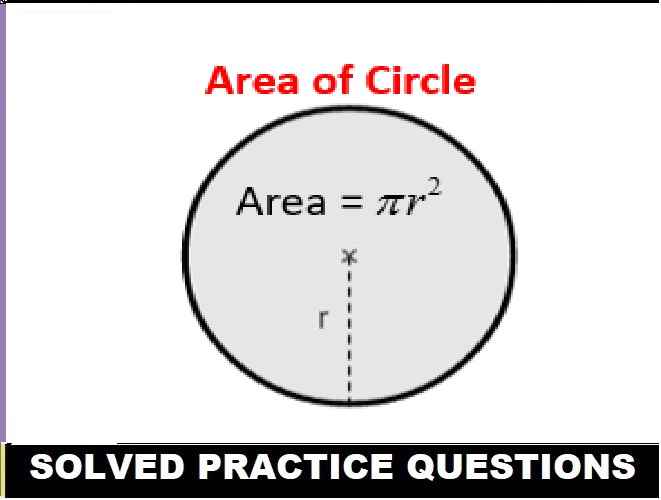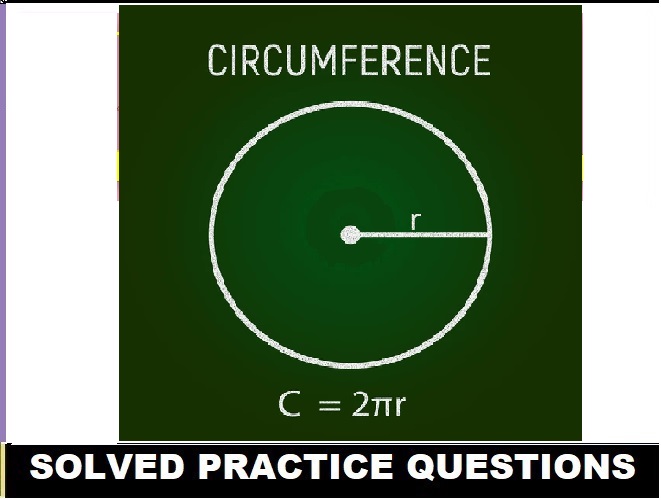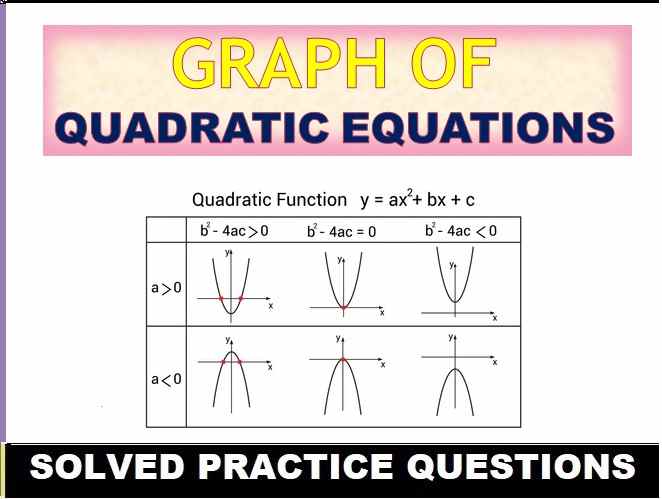ML Aggarwal Playing With Numbers Exe-4.1 Class 6 ICSE Maths Solutions. We Provide Step by Step Answer of Exe-4.1 Questions for Playing With Numbers as council prescribe guideline for upcoming board exam. Visit official Website CISCE for detail information about ICSE Board Class-6.
ML Aggarwal Playing With Numbers Exe-4.1 Class 6 ICSE Maths Solutions
| Board | ICSE |
| Publications | Avichal Publishig Company (APC) |
| Subject | Maths |
| Class | 6th |
| Chapter-4 | Playing With Numbers |
| Writer | ML Aggarwal |
| Book Name | Understanding |
| Topics | Solution of Exe-4.1 Questions |
| Edition | 2023-2024 |
Playing With Numbers Exe-4.1
ML Aggarwal Class 6 ICSE Maths Solutions
Page-66
Question 1. Fill in the blanks:
(i) A number having exactly two factors is called a …..
(ii) A number having more than two factors is called a ………
(iii) 1 is neither ……… nor ………
(iv) The smallest prime number is ………
(v) The smallest odd prime number is ………
(vi) The smallest composite number is ………
(vii) The smallest odd composite number is ………
(viii) All prime numbers (except 2) are ………
Answer:
(i) A number having exactly two factors is called a prime number.
(ii) A number having more than two factors is called a composite number.
(iii) 1 is neither prime nor composite
(iv) The smallest prime number is 2.
(v) The smallest odd prime number is 3.
(vi) The smallest composite number is 4.
(vii) The smallest odd composite number is 9.
(viii) All prime numbers (except 2) are odd number.
Playing With Numbers Exe-4.1
ML Aggarwal Class 6 ICSE Maths Solutions
Page-67
Question 2. State whether the following statements are ture (T) or false (F):
(i) The sum of three odd numbers is an even number.
(ii) The sum of two odd numbers and one even number is an even number.
(iii) The product of two even numbers is always an even number.
(iv) The product of three odd numbers is an odd number.
(v) If an even number is divided by 2, the quotient is always an odd number.
(vi) All prime numbers are odd.
(vii) All even numbers are composite.
(viii) Prime numbers do not have any factors.
(ix) Two consecutive numbers cannot be both prime.
(x) Two prime numbers are always co-prime numbers.
Answer:
(i) False
(ii) Ture
(iii) Ture
(iv) Ture
(v) False
(vi) False
(vii) False
(viii) False
(ix) False
(x) Ture
Question 3. Write all the factors of the following natural numbers:
(i) 68
(ii) 27
(iii) 210
Answer:
(i) The factor of 68 : 1, 2, 4, 17, 34, 68
(ii) The factor of 27 : 1, 3, 9, 27
(iii) The factor of 210 : 1, 2, 3, 5, 6, 7, 10, 14, 15, 21, 30, 35, 42, 70, 105, 210
Question 4. Write first six multiples of the following natural numbers:
(i) 3
(ii) 5
(iii) 12
Answer:
(i) 3 : 3, 6, 9, 12, 15, 18
(ii) 5 : 5, 10, 15, 20, 25, 30
(iii) 12 : 12, 24, 36, 48, 60, 72
Question 5. Write:
(i) The seventh multiple of 36.
(ii) The even multiple of 9 less than 100.
(iii) The odd multiple of 17 less than 150.
(iv) The first 3 digit even multiple of 7.
(v) The multiple of 6 between 40 and 80.
(vi) The greatest 2 digit even multiple of 5.
Answer:
(i) 36 x 7 = 252
(ii) 18, 36, 54, 72, 90
(iii) 17, 51, 85, 119
(iv) 112
(v) 42, 48, 54, 60, 66, 72, 78
(vi) 90
Question 6. Find the common factors of :
(i) 20 and 28
(ii) 35 and 50
(iii) 56 and 120
Answer:
(i) 20 and 28
Factor of 20 : 1,2,4,5,10,20
Common Factor of 28 : 1,2,4
(ii) 35 and 50
Factor of 35 : 1,5,7,35
Factor of 50 : 1,5,10,50
The common factor is : 1,5
(iii) 56 and 120
Factor of 56 : 1,2,4,7,8,14,28,56
Factor of 120 : 1,2,3,4,5,6,7,8,10,12,15,20,24,30,40,60,120
The common factor is : 1,2,4,8
Question 7. Find the common factors of:
(i) 4, 8, 12
(ii) 10, 30 and 45
Answer:
(i) Factor of 4 = 1,2,4
Factor of 8 = 1,2,4,8
Factor of 12 = 1,2,4,6,12
The common factor are : 1,2,4,
(i) Factor of 10 = 1,2,5,10
Factor of 30 = 1,2,3,5,10,15,30
Factor of 45 = 1,3,5,9,15,45
The common factor are : 1,5
Question 8. Write all natural numbers less than 100 which are common multiples of 3 and 4.
Answer:
Multiple of 3 are : 3,6,9,12,15,18,21,24,27,27,30,33,36,39,42,45,48,51,54,57,63,66,69,72,75,78,81,84,87,90,93,96,99,102,105,108……………….
Multiple of 4 are :
4,8,12,16,20,24,28,32,36,40,44,48,52,56,60,64,68,72,76,80,84,88,92,96,100,104,108,…………………
Common multiples of 3 and 4 : 12,24,36,48,60,72,84,96, 108……..
Common multiples of 3 and 4 : 12,24,36,48,60,72,84,96 is les than 100 which are common multiple s
Question 9.
(i) Write the odd numbers between 36 and 53.
(ii) Write the even numbers between 232 and 251.
Answer:
(i) Write the odd numbers between 36 and 53.
37,39,41,43,45,47,47,51.
(ii) Write the even numbers between 232 and 251.
234,238,240,242,244,246,248,250.
Question 10.
(i) Write four consecutive odd numbers succeeding 79.
(ii) Write three consecutive even numbers preceding 124.
Answer:
(i) Four consecutive odd numbers succeeding 79 are : 81,83,85,87
(ii) Three consecutive even numbers preceding 124 are : 118,120,122
Question 11. What is greatest prime number between 1 and 15?
Answer:
The greatest prime number between 1 and 15 is 13.
Question 12. Which of the following numbers are prime?
(i) 29
(ii) 57
(iii) 43
(iv) 61
Answer:
(i) 29 = 1 x 29
29 has two factor 1 and 29.
29 is prime number
(ii) 57 = 1 x 57 = 3 x 19 = 57
57 has 1,3,19 and 57 factors
57 is prime number
(iii) 43 = 1 x 43
43 has two factor 1 and 43.
43 is prime number
(iv) 61 = 1 x 61
43 has two factor 1 and 61.
61 is prime number
Question 13. Which of the following pairs of numbers are co-prime?
(i) 12 and 35
(ii) 15 and 37
(iii) 27 and 32
(iv) 17 and 85
(v) 515 and 516
(vi) 215 and 415
Answer:
(i) The factor of 12 are 1,2,3,4,6,12
The factor of 35 are 1,5,7,35
so they are co-prime.
(ii) The factor of 15 are 1,3,5,15
The factor of 37 are 1,37
so they are co-prime.
(iii) The factor of 27 are 1,3,9,27
The factor of 32 are 1,2,4,8,16,32
so they are co-prime..
(iv) The factor of 17 are 1,17
The factor of 85 are 1,2,5,17,85
so they are common factor.
(v) The factor of 515 are 1,5,103,515
The factor of 516 are 1,2,3,4,6,12,43,86,129,172,258,516
so they are not co-prime.
(vi) The factor of 215 are 1,3,5,43,215
The factor of 415 are 1,5,83,415
so they are not co-prime
Playing With Numbers Exe-4.1
ML Aggarwal Class 6 ICSE Maths Solutions
Page-68
Question 14. Express each of the following numbers as the sum of two odd primes:
(i) 24
(ii) 36
(iii) 84
(iv) 98
Answer:
(i) 24 : 5 + 19 = 24
(ii) 36 : 7 + 29 = 36
(iii) 84 : 17 + 67 = 84
(iv) 98 : 19 + 79 = 98
Question 15. Express each of the following numbers as the sum of twin-primes:
(i) 24
(ii) 36
(iii) 84
(iv) 120
Answer:
(i) 24 : 11 + 13 = 24
(ii) 36 : 17 + 19 = 36
(iii) 84 : 41 + 43 = 84
(iv) 120 : 59 + 61 = 120
Question 16. Express each of the following numbers as the sum of three odd primes:
(i) 21
(ii) 35
(iii) 49
(iv) 63
Answer:
(i) 21 : 3 + 7 + 11
(ii) 35 : 5 + 11 + 19
(iii) 49 : 7 + 11 + 31
(iv) 63 : 7 + 13 + 43
— : End of ML Aggarwal Playing With Numbers Exe-4.1 Class 6 ICSE Maths Solutions :–
Return to – ML Aggarwal Maths Solutions for ICSE Class -6
Thanks


